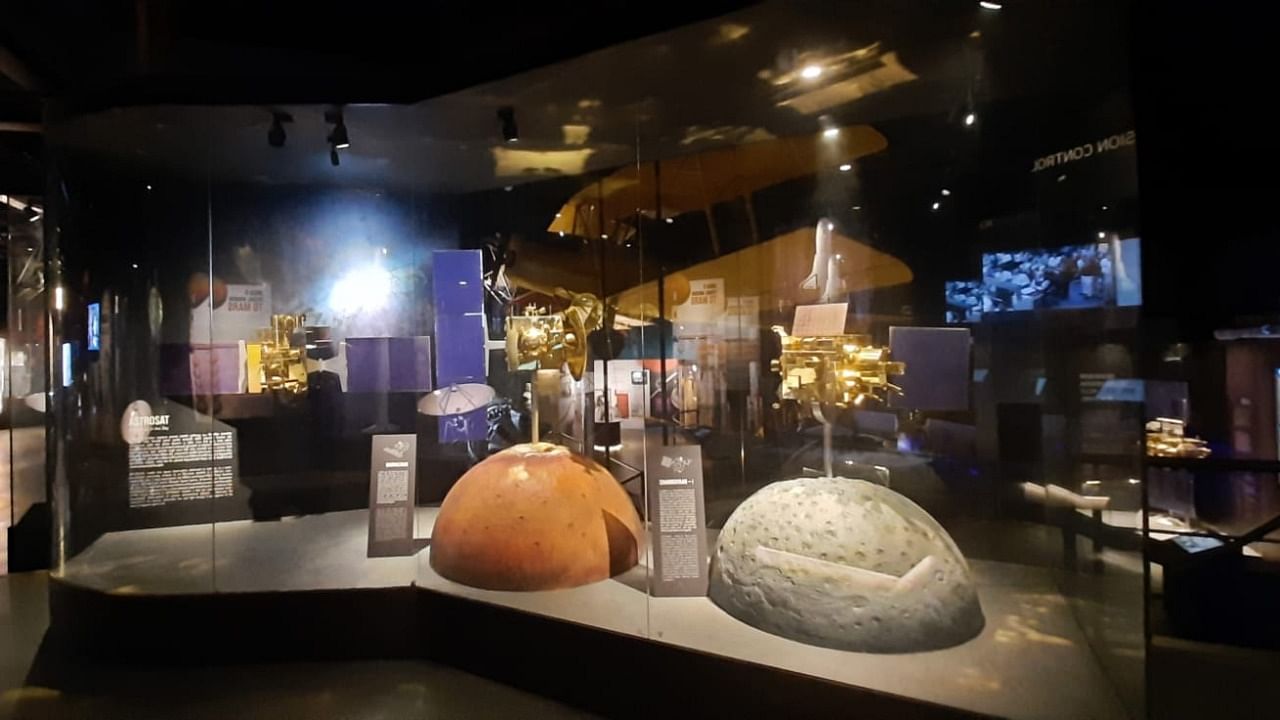
Do you know how a plane takes off? How does a helicopter stabilises in air? How challenging the work inside an Air Traffic Control is? How has the Indian space odyssey zoomed from a bullock cart to Moon and Mars?
A visit to the Hall of Aviation and Space at the Nehru Science Centre in Mumbai might answer those questions.
It has everything under one umbrella encompassing the timeline from 15 October 1932, when the legendary JRD Tata landed in Mumbai to the Indian Human Spaceflight Programme.
And never to miss - Wing Commander (Retd) Rakesh Sharma's messages from space in April 1984, when he famously said - “saare jahan se accha” in response to then Prime Minister; late Indira Gandhi question about how India looks from space.
The Nehru Science Centre collaborated with the Airports Authority of India (AAI) to set up the new exhibition facility at Worli.
The new attraction is being inaugurated on Monday, coinciding with the National Science Day by J T Radha Krishna, Regional Executive Director (WesternRegional), AAI, Mumbai in presence of Ashok Kumar Verma, Airport Director, Juhu, Subhabrata Chaudhuri, Director, NSC, Umesh Kumar Rustagi, Curator 'G' & Head, Education Cell, NSC among others.
According to Rustagi, the exhibition is spread around 550 sq mts - and is an international-class facility.
“Its a very unique exhibition that we have curated. Lot of efforts have gone into it. It captures the entire journey of Indian aviation and space sectors, we have tried to cover each and every aspect,” said Saket Singh Kaurav, Curator ‘D’, Regional Science Centre, Bhopal.
“The fields of aviation and space have huge potential and importance to inspire not only school students, our next generation, but also preparing next-generation pilots, air traffic controllers, airport managers, professionals for other aerospace-related fields, scientists, engineers and astronauts,” Kaurav told DH on Sunday.
The Hall of Aviation and Space provides a platform for its visitors to explore the promising fields by using interactive exhibits, stories, models, artefacts, participatory visualisation tools, multimedia, films, diorama, scale down 3D models of aircraft, helicopter, spacecraft, rockets, and many more.
'Aviation' and 'space' are two sections the facility is divided in.
Kaurav said that the legends of India's space and aviation have been covered including JRD Tata, Vikram Sarabhai, Satish Dhawan, Rakesh Sharma and so on.
There are several models of aircraft - civil and military, space shuttles and satellites.
Over the years, India’s determined space programme has evolved with a focus on national imperatives, and social and economic well-being of the people. India uses its satellites for specific developmental objectives–civilian (earth observation, remote sensing, communication, meteorology) and defence purposes.
These encompass environmental degradation, soil erosion, monitoring fishery resources, flood and drought monitoring, mining, surveying mineralogical resources and ascertaining land coverage for wildlife parks. Space-based applications like tele-education and tele-medicine have enabled greater access to rural populations to these basic needs.
Watch the latest DH videos: